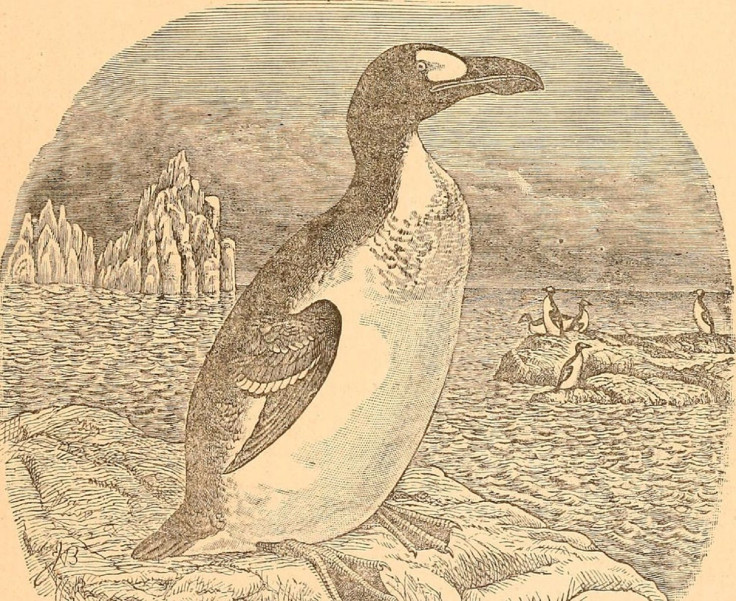Human Hunting Pushed Great Auk To Extinction, Evidence Shows

Great auks were flightless birds believed to have existed in millions throughout the North Atlantic, on islands off the coasts of Iceland and Scotland, as well as in Scandinavia. Unfortunately, the penguin-like birds were greatly hunted by humans for their meat and eggs since the prehistoric times, an activity that even intensified in 1500 by European seamen and in the 1700’s when their feathers also became in demand.
Hunters had killed the last reliably recorded pair of great auks in 1844 and, after that, there were only scattered reports of the creatures, the last being in 1852.
It certainly looks like human activity greatly affected the great auks’ population, but there is the question of whether humans were the sole cause of the great auks’ demise or if there was some other reason for the creatures’ rapid population decline.
To find an answer to this question, researchers of a new study published in eLife analyzed ancient the genetic data of 41 great auk bones from museums across Europe, evaluated ocean current data and looked at the probability of the population going extinct within a number of years.
Interestingly, the results revealed no signs that the great auks were at risk of extinction prior to the onset of human hunting. Furthermore, mathematical analysis shows that human hunting alone could easily have wiped out the birds.
Specifically, if the great auk population started at 2 million, humans had to have killed 210,000 birds per year to wipe them out in just 350 years. As it happens, the reports of hunting pressures were actually higher. In fact, one report even stated that two ships in Newfoundland took a thousand birds in just half an hour.
“Taken together, our data don't suggest that great auks were at risk of extinction prior to intensive human hunting behavior in the early 16th century,” co-senior author Thomas Gilbert of the University of Copenhagen said. “But critically, this doesn't mean that we've provided solid evidence that humans alone were the cause of great auk extinction. What we have demonstrated is that human hunting pressure was likely to have caused extinction even if the birds weren't already under threat from environmental changes.”
Simply put, even if human activity was not the sole cause of the great auks’ extinction, hunting certainly played a primary role in why the birds are now gone.
“Our results emphasize the vulnerability of even abundant and widespread species to intense and localized exploitation,” the researchers wrote.
© Copyright IBTimes 2025. All rights reserved.






















